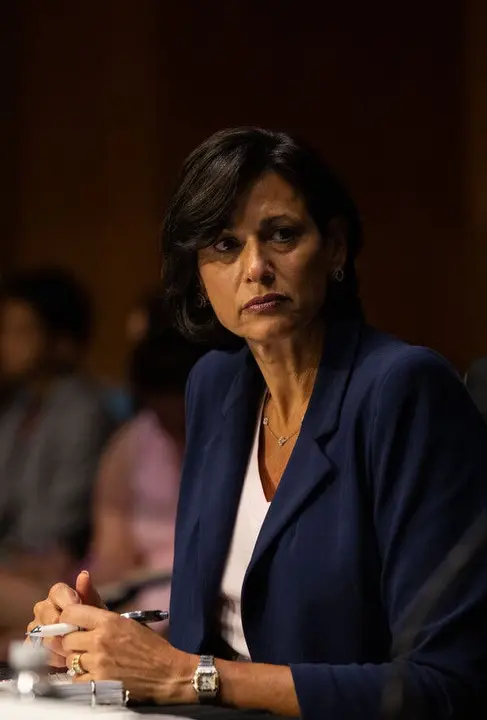Exploring the Disconnect Between Public Health Messages and Audience Reception
Public health communication has been around for centuries, but it still feels like a mess. Why is this the case? It's a complex question with no single answer, but there are a few key factors that can help to explain the disconnect between public health messages and how they're received by the public.
One major issue is that public health messages often do not take into account the diverse range of people they are aiming to reach. Different cultures, nations, and subcultures all have their own unique ways of understanding and interpreting information, and public health messages often fail to account for this. As a result, the messages can come across as condescending, confusing, or even offensive.
Another key factor is that public health messages are often too generic. They tend to be broad and sweeping, with little consideration for the specifics of the target audience. If a message does not speak to the individual needs and concerns of the people it is meant to reach, then it will be less effective in helping them to change their behavior.
Finally, public health messages often lack clarity. They can be full of technical jargon and complex concepts that are difficult for the average person to understand. This can lead to confusion and frustration, and can also mean that people are less likely to act on the messages.
The disconnect between public health messages and audience reception is a complex issue, and it is unlikely that there is one single solution. Instead, public health communicators should focus on creating messages that are tailored to the unique needs of their target audience, that are clear and concise, and that take into account the cultural background of the people they are trying to reach.
Examining the Role of Social Media in the Difficulties of Public Health Communication
The rise of social media has dramatically changed the way we communicate, receive and process information. This includes public health communication. Unfortunately, public health communication is still a mess, and it is necessary to look at the role of social media in this mess.
Social media has become increasingly important in the modern world, and it has become commonplace for people to receive their news and information through social media. This is especially true of younger generations, who may be more likely to trust information from a friend or family member who posts it on social media than from an official source.
The downside of this is that it can be difficult to verify the accuracy of the information being shared on social media. Without proper fact-checking and verification, it can be easy for false information to spread quickly, leading to confusion and chaos. It can also be difficult for public health officials to get their message out to the masses if it is not shared or shared incorrectly.
Another issue is that social media often creates echo chambers, where people are only exposed to information and opinions that they agree with. This can lead to the spread of misinformation or misunderstanding of the facts. It can also lead to people assuming that their opinion is the only opinion, which can make it difficult for people to accept any new or conflicting information.
Finally, social media can be a powerful tool for spreading awareness and educating the public on public health issues, but it can also be used to spread fear and misinformation. This can make it difficult for public health officials to get their message out, as fear and confusion can quickly spread and overshadow the facts.
In conclusion, social media has had a major impact on public health communication, both positive and negative. While it can be a powerful tool for spreading awareness and educating the public, it can also be a source of confusion, fear and misinformation. It is important for public health officials to be aware of the role social media plays in public health communication and to take steps to ensure that accurate and factual information is being shared.

Author
Nia Latham
I'm a news enthusiast and journalist who loves to stay up to date with the latest events. I'm passionate about uncovering the truth and bringing awareness to important issues. I'm always on the lookout for a great story to share with the world.